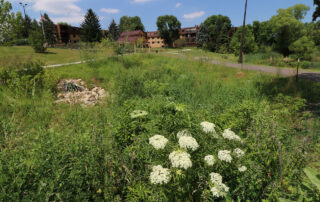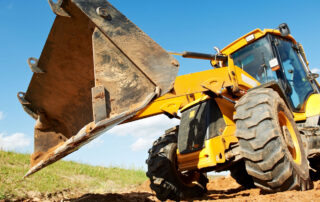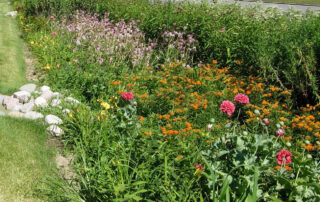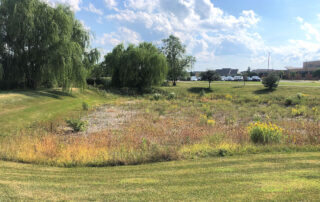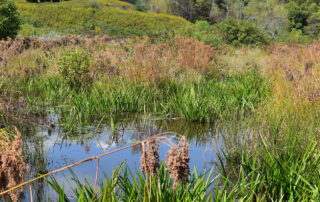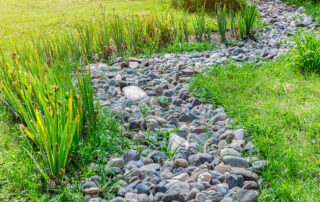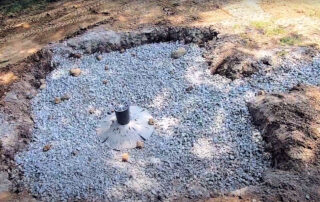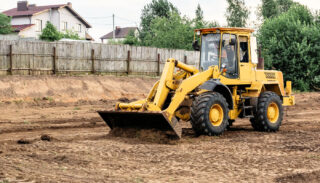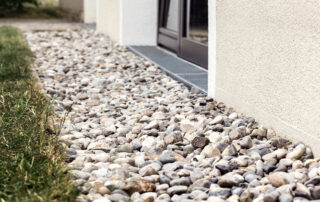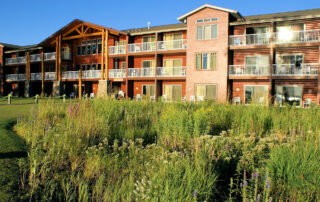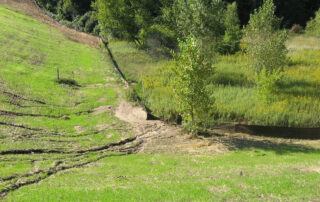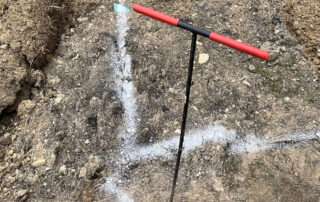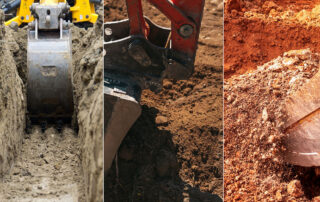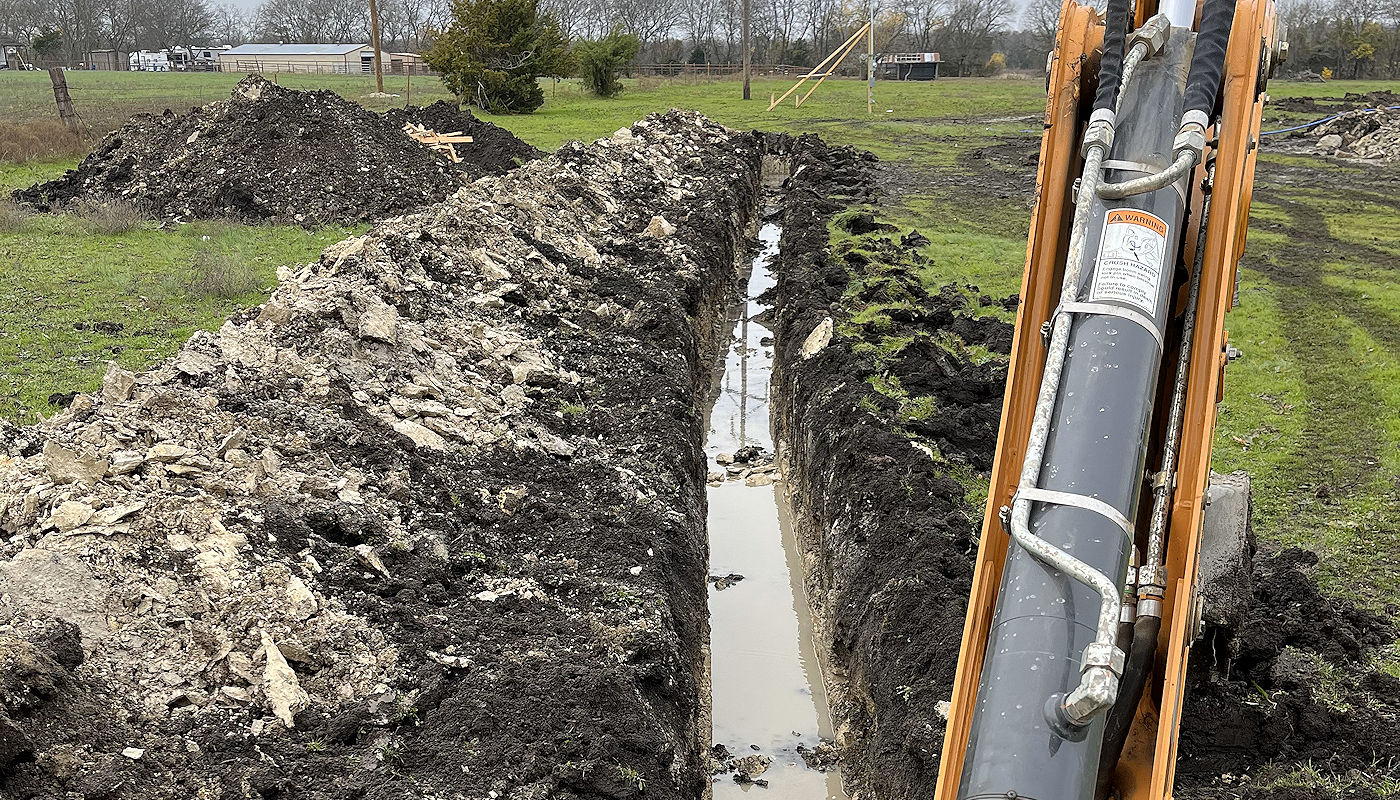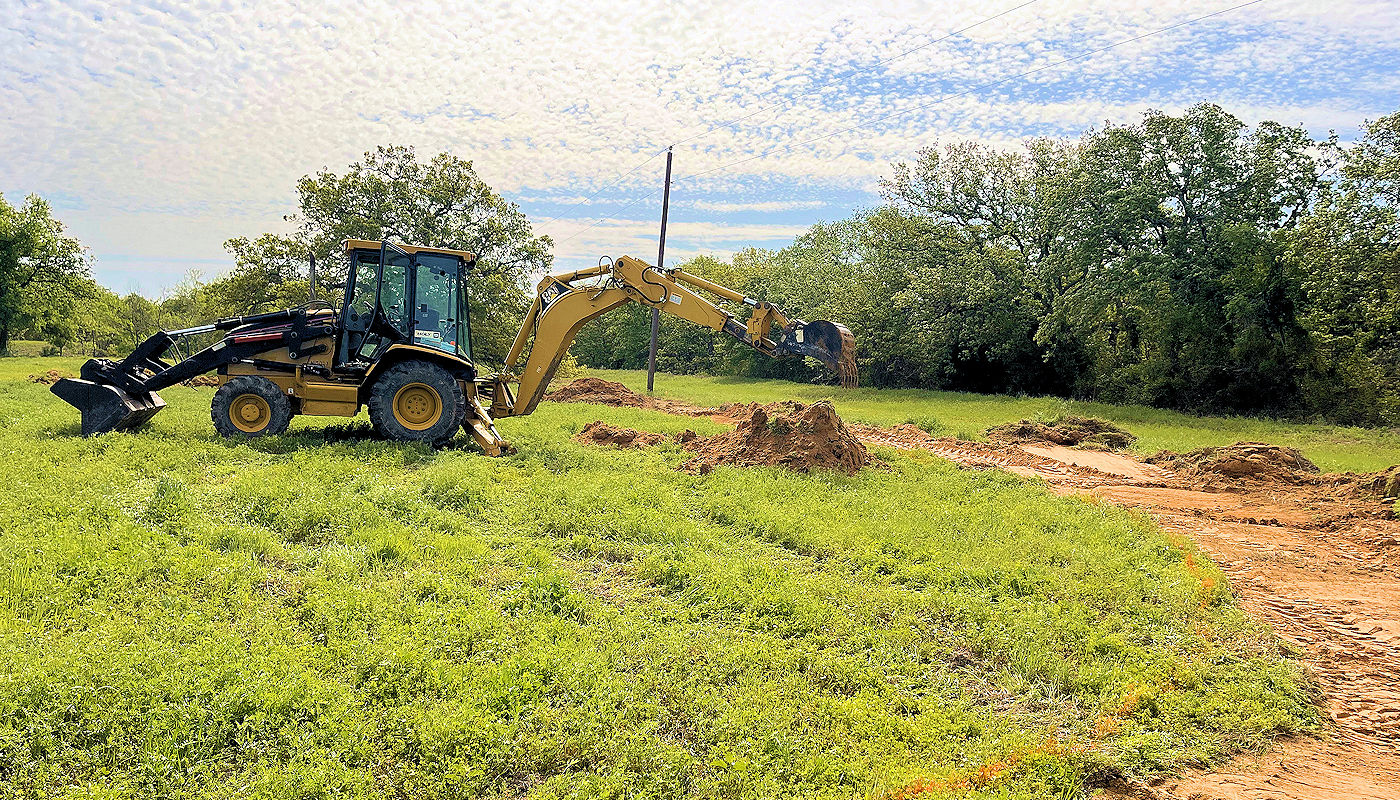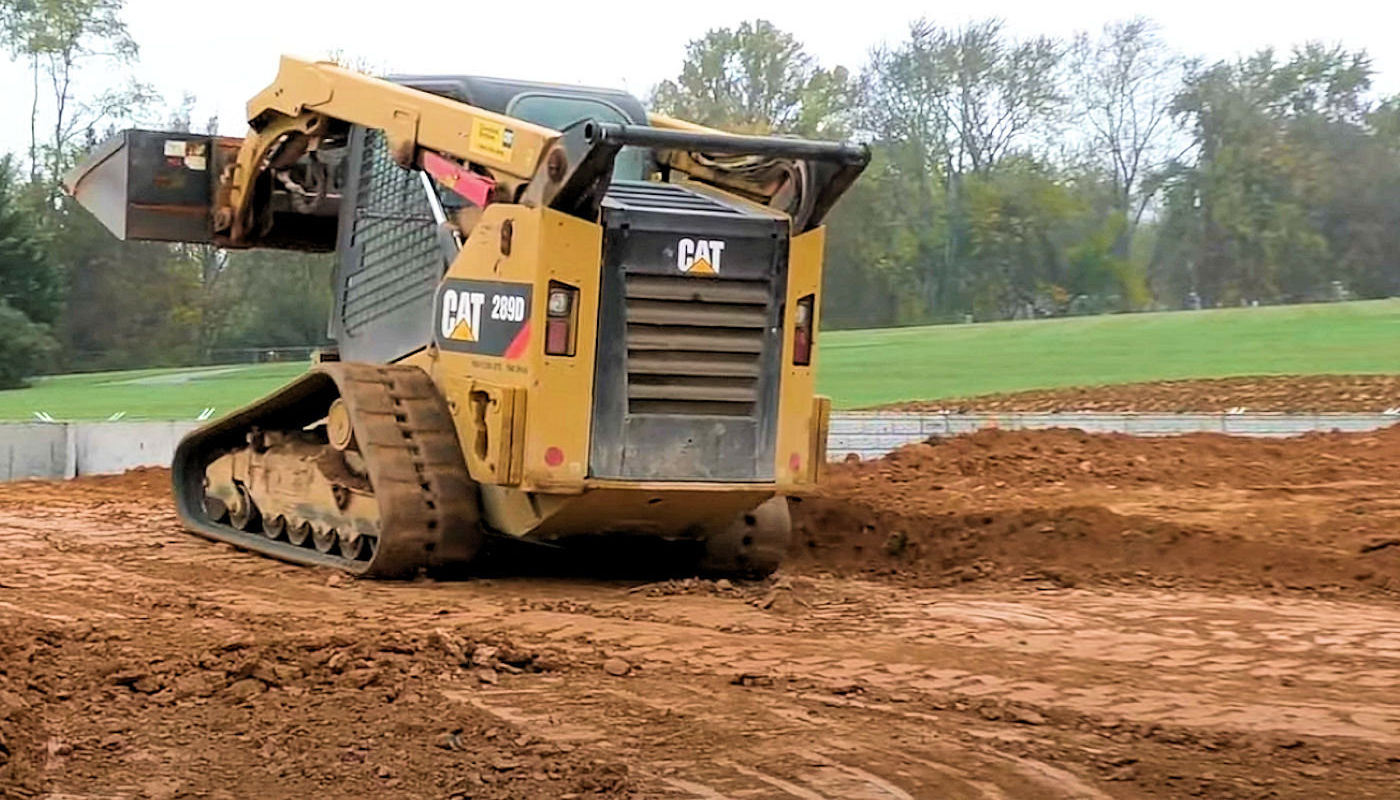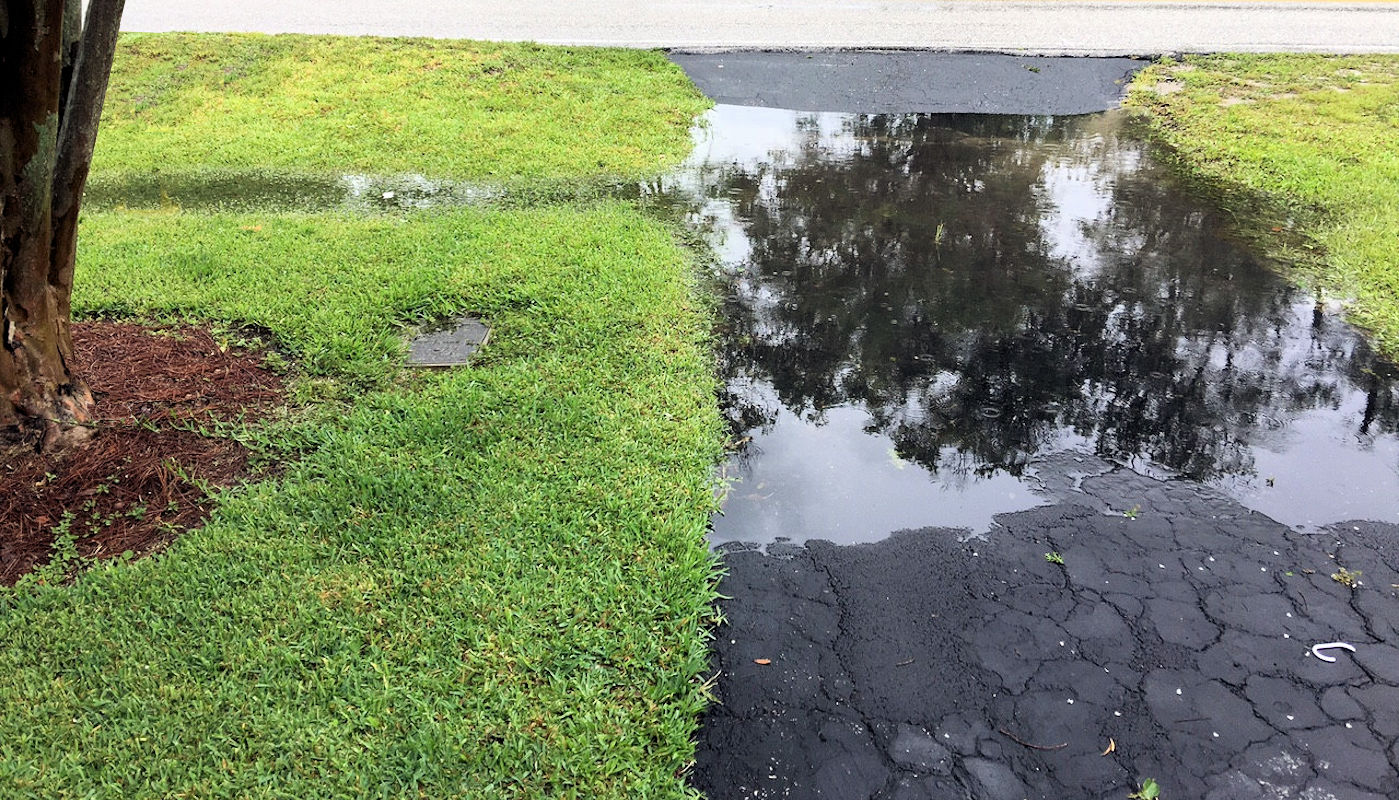

Yard & Landscaping Drainage Solutions Contractor
Landscape Grading & Drainage Services from Texoma Excavation & Construction
Yard & Landscaping Drainage Solutions Contractor
Landscape Grading & Drainage Services from Texoma Excavation & Construction
Calls we get from folks looking for yard and landscaping drainage solutions have one thing in common: they are all experiencing problems with where water is going on their property. These problems can be with water underground (pipe breaks and such) that require excavation to expose and repair pipes, often between the street and the house.
More often, however, these calls are about water that is above ground somewhere (usually from rain/stormwater). Because of gravity it is always running in unplanned and unwanted directions to places where it can cause a wide variety of very expensive damage to your home and the property it sits on.
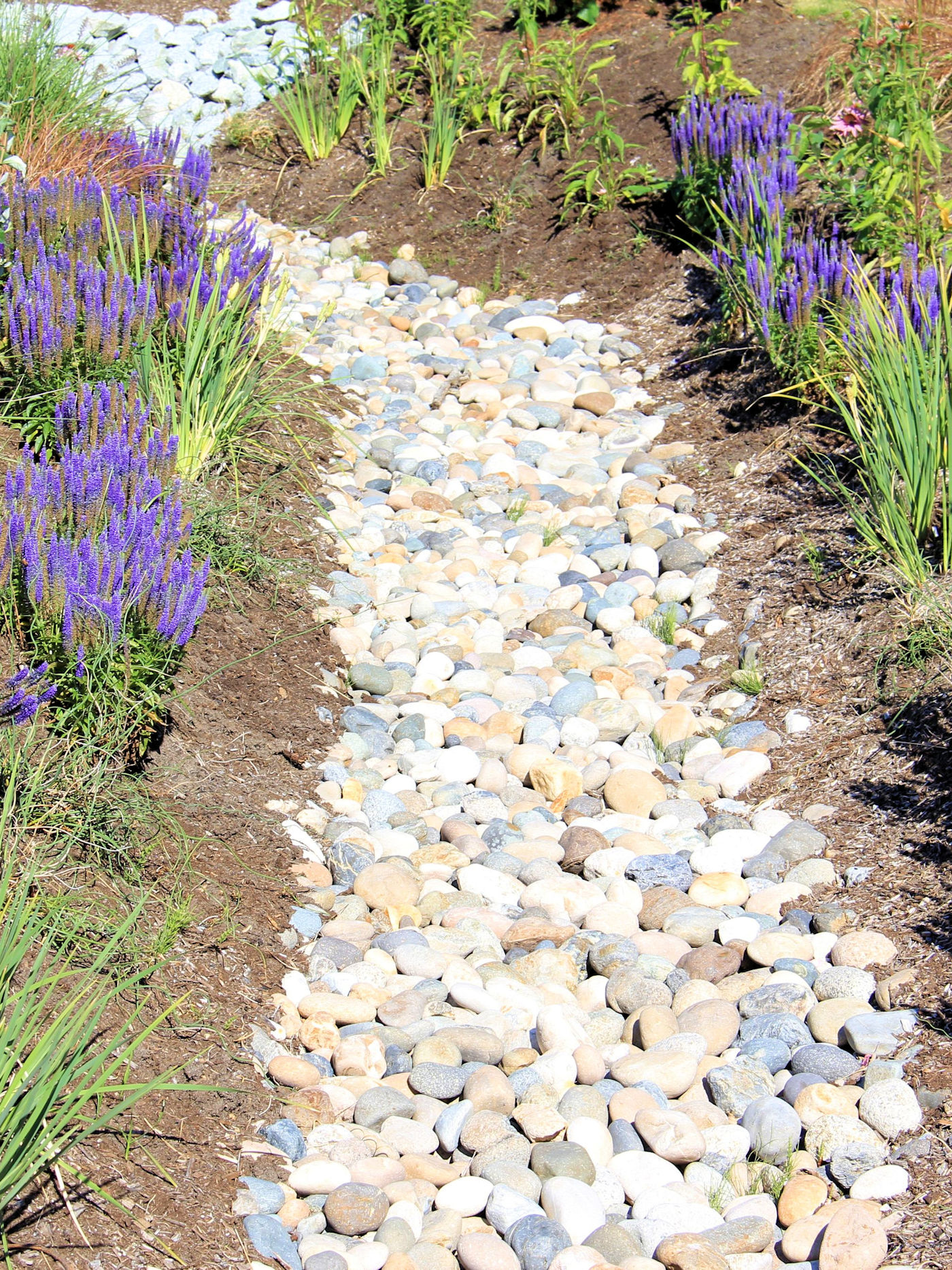
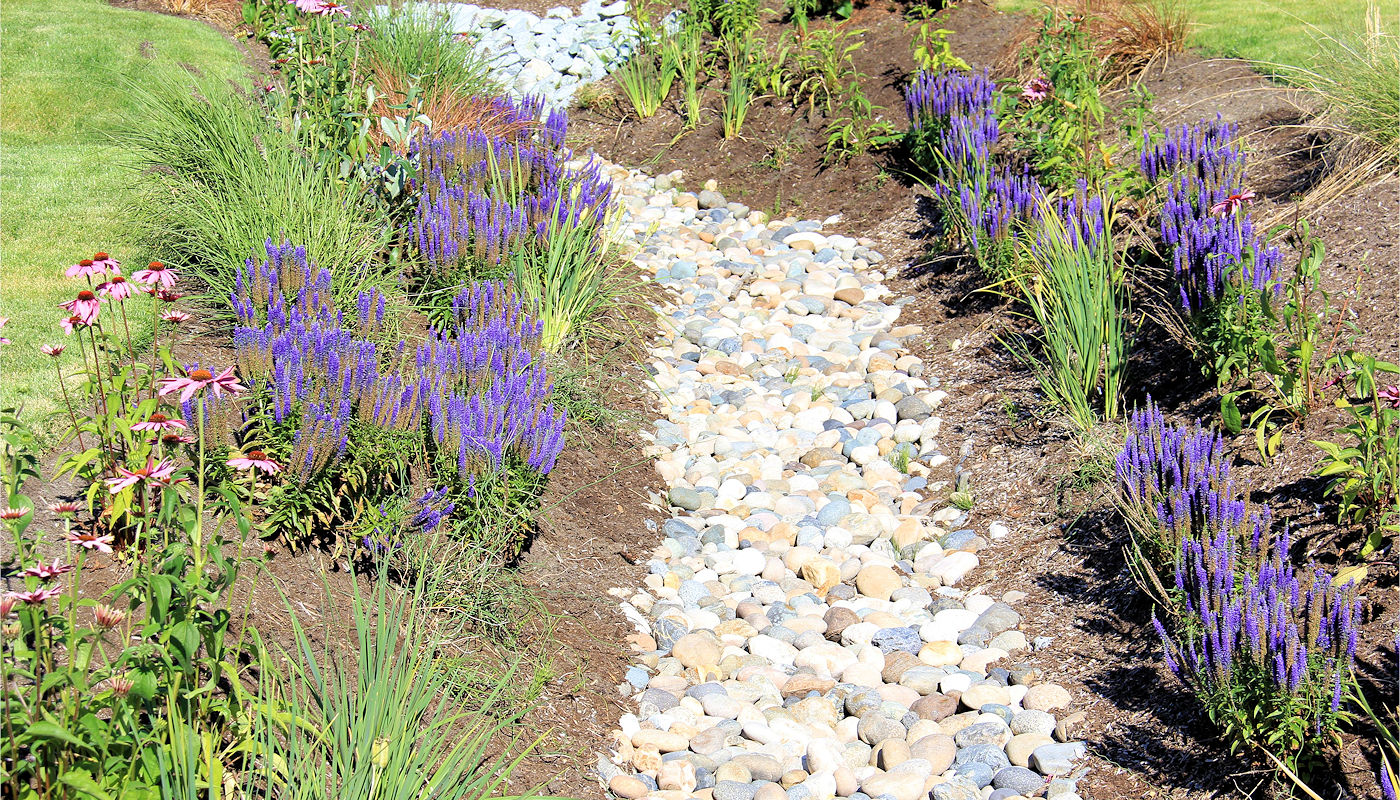
Saving your landscaping and more!
While many think in terms of their landscaping, enough stormwater in the wrong places will do more overall damage to your property than spoiling a flowerbed or two. That isn’t to minimize the time, effort, and expense you have invested in your beautiful landscaping, it’s just that under the right circumstances, you could lose more than that.
Fortunately for many of our clients who enjoy their landscaping features, most drainage solutions offered by Texoma Excavation & Construction will only add to the beauty of your yard, while acting as a ‘traffic cop’ for Mother Nature, directing her water flows and preventing mayhem!
Drainage Solutions that Benefit the Environment
There are also environmental problems that stormwater runoff can cause that are addressed by our drainage solutions as well. Among these are rain gardens, an increasingly popular answer for runoff from roofs and streets that contain pollutants. You can have several of these on a property to catch water from roof downspouts or street run-off, collecting and filtering it before it enters the storm sewer system.
Common problems caused by uncontrolled stormwater runoff:
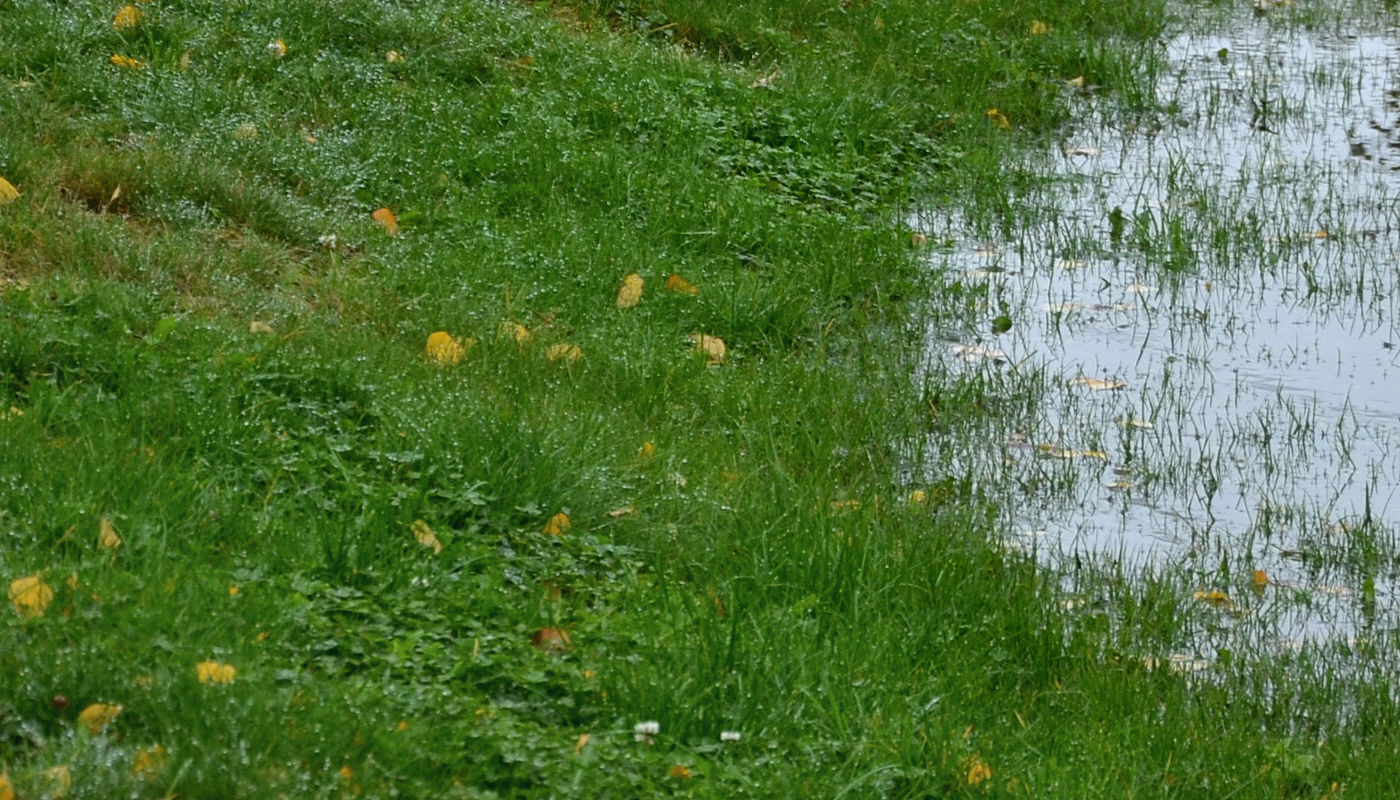
Warning signs of drainage problems:
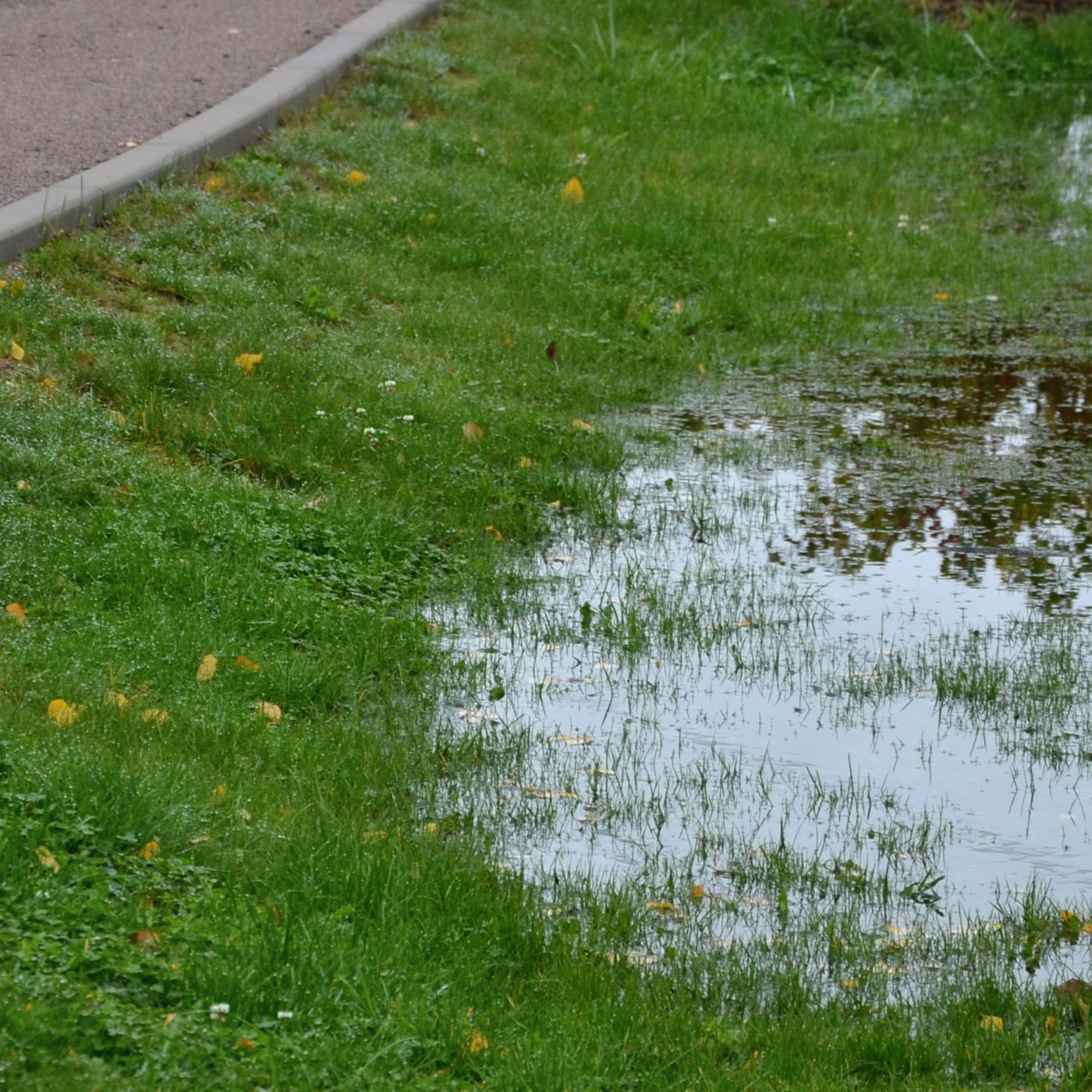
Drainage Excavation Solutions:
Drainage Excavation Related Topics:
Past Excavation Projects
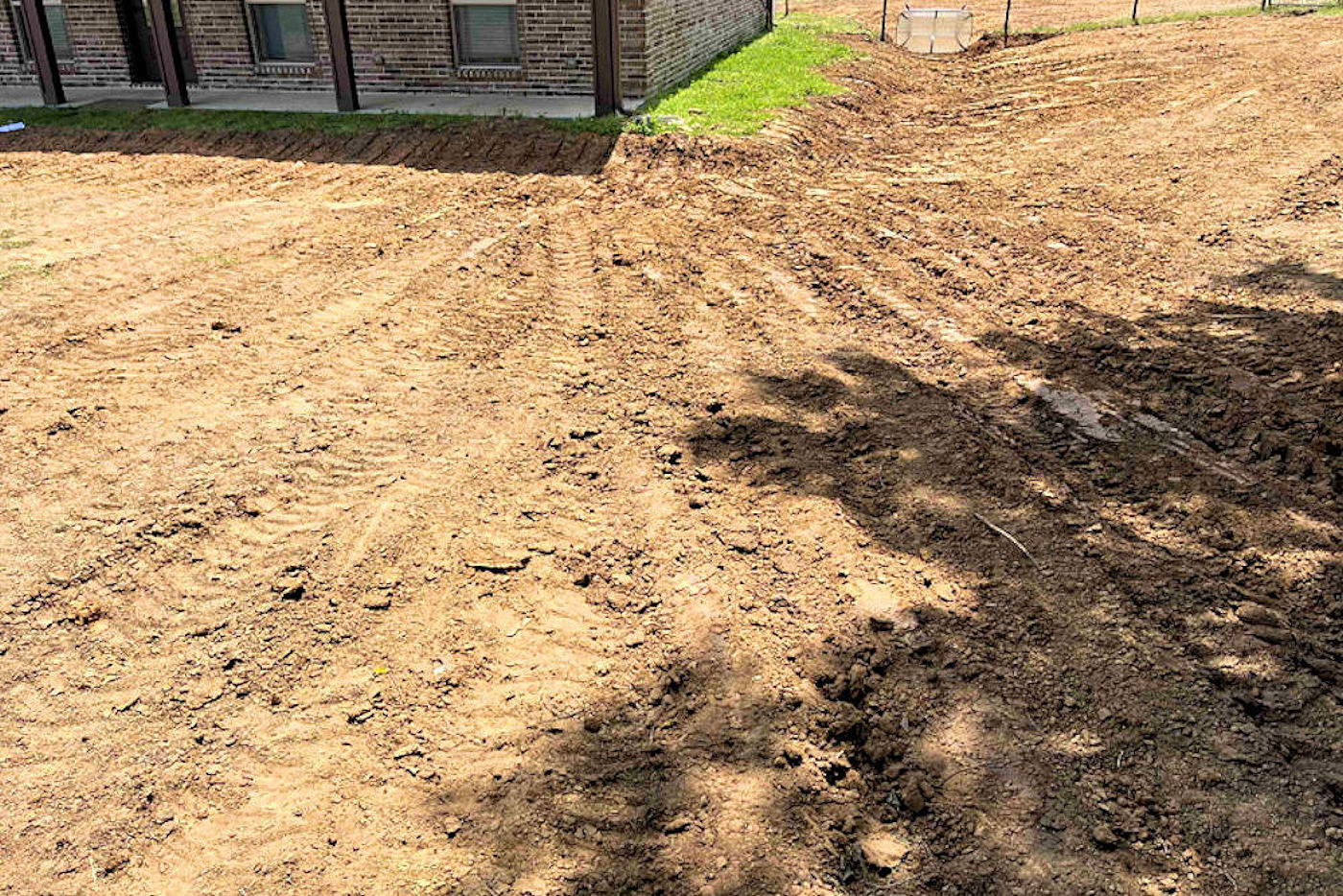
The above image shows Texoma Excavation & Construction digging a new power supply ditch and tying into the existing live power supply near Melissa, Texas. The paver stones were salvaged to be replaced. All the PVC, electrical conduit, phone lines, and small electrical lines that were destroyed were anticipated.

Pond building is a complex process that requires careful planning and execution. After all the planning, the first construction step is excavation of the area where the pond will be located. The pond excavation work shown above was near Montague, Texas. When this pond is full, it will be 7′ 2″ deep at its deepest point.
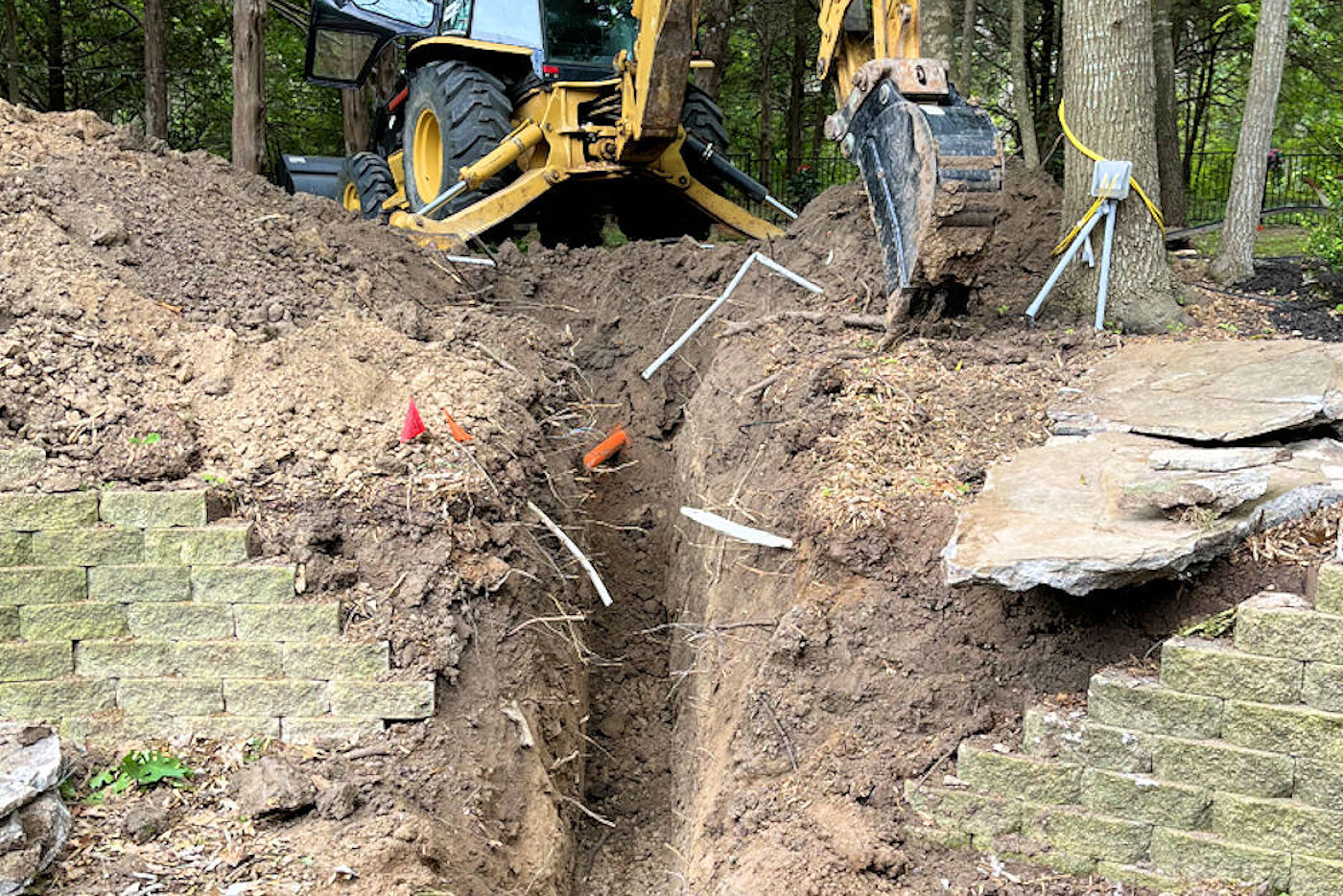
Residential drainage excavation work done near Denison, Texas. This client had some significant drainage problems during periods of high-volume runoff and tried to excavate a ditch to channel water away from his house. We were hired to polish the existing ditch and spread some grass seed.


